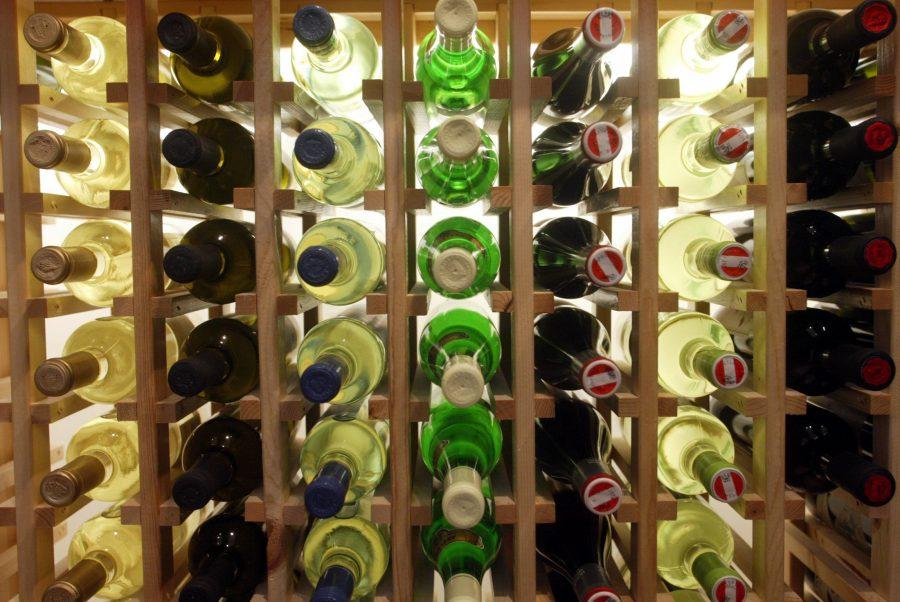Do you want to impress someone on a first date? Would you like to come off as already cultured when you arrive in your study abroad country? Or do you just want to know a little more about the grape-based indulgence you enjoy on the weekends? Whatever your reason is, it is always the right time to learn more about wine. In this beginner’s guide, I hope to answer the pressing questions—What’s the difference between red and white? How can a liquid be called “dry”?—and provide the reader with some guidelines for acting like a wine connoisseur. (Fake it till you make it, as they say.)
Terms
To start off, there are certain terms and definitions the wine drinker should know. For the most part, we can all determine whether a bottle of wine is red or white by looking at it, and you may even have a preference between the two. There is a common misconception, however, that red wine comes from purple grapes and white wine comes from green, and that is why they look different. While they may come from different types of grapes, the juice from both types of grape are light in color. The difference comes from the use of grape skins in red wine and not in white.
In restaurants the wine list may not be broken up under the headings of “red” and “white,” and you may have to choose between more specific names like “chardonnay” and “pinot noir.” It’s important to know that chardonnay is a white wine, as are pinot grigio and sauvignon blanc, and pinot noir is red, along with shiraz, merlot and cabernet. (There are also blush wines, which are pinkish in color but not dark enough to be considered fully red.) Wines are also categorized by their sweetness, and when they are not sweet they are referred to as “dry.”
Places to Go
Once you know these basics, you should venture on a quest to find the best wine spots in town. Baltimore is chock full of bars and restaurants, and just because they are outside the average Loyola student’s comfort zone which stretches from Alonso’s to Zen West does not mean they are not worth trying. Take Grand Cru, for example, the upscale wine bar inside the Belvedere Square Market and just around the corner from Murphy’s. Another great nearby venue is 13.5%, a new wine bar next to Golden West Café in Hampden, where you can munch on amazing pizza while you expand your wine horizons. For those of you who are going abroad, you are on your own—but I envy you for the amazing places you will find.
How to Order
When you’re at one of these new bars and completely unsure what to get—and the menu looks like nothing more than a string of French words and faraway lands—pick a type of wine and order the second cheapest option. You won’t spend an extravagant amount of money that way, and you won’t look like you’re worried about your budget. You’ll also appear confident and knowledgeable by not immediately going for the cheapest glass. Don’t be afraid to ask the waiter or bartender questions, though, or even for his or her recommendation.
How to drink wine
There is an art to serving and drinking wine as well. You should always hold a glass by its stem, for example, because the body heat radiating from your hand will warm your drink and affect its taste. If you feel your wine glass is too heavy to hold correctly, by pinching the stem, the glass may simply be overfull. In order to prevent spills and splashing, and to keep people from unwittingly drinking too much, wine glasses are not filled to the brim.
Lastly, remember to experiment and be open to new things. Every brand and every type of wine offers the drinker something different—even Franzia, which comes in five-liter boxes (of course in this case, what Franzia offers is a lot of wine for $11.99). Take the time to find out what you like best, and familiarize yourself with a corkscrew, and you will become a true expert on wine.













































































































